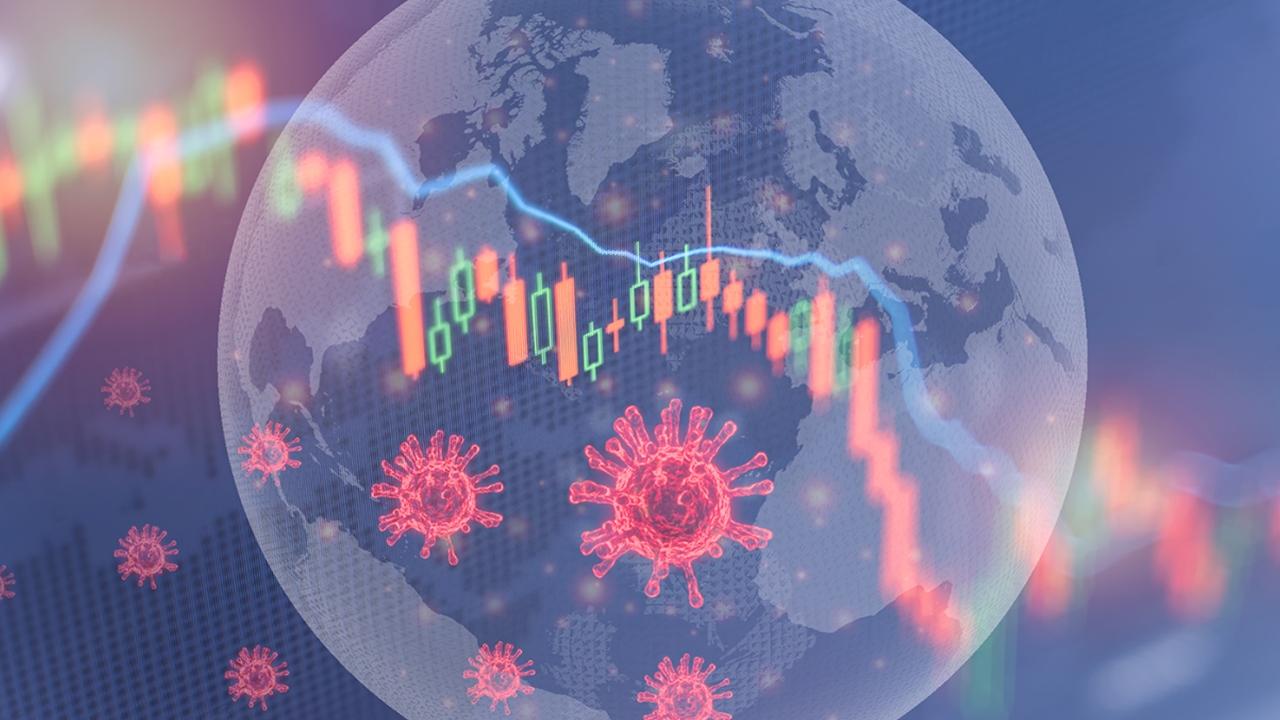Next-generation sequencing (NGS) is shining a light on the virus responsible for COVID-19. Soon after the initial outbreak, shotgun sequencing was used to identify the novel coronavirus, SARS-CoV-2, as the cause of a cluster of severe respiratory infections in Wuhan, China. As the COVID-19 epidemic became a pandemic, sequencing the SARS-CoV-2 genome enabled public health officials around the world to track routes of spread within and across communities. We began to understand the viral genome mutational rate (~1-2 bases/month) and, with that knowledge in hand, experts reviewed if the identified mutations were likely to impact the validity of PCR-based diagnostic tests, the efficacy of re-purposed anti-viral treatments, or the development of much needed vaccines.
Unfortunately, for most regions, this information did not result in control of the virus or prevention of the pandemic. While we have all the technologies required for virus identification, robust contact tracing, and infection surveillance and control, there remain large gaps in our public health infrastructure that prevent many communities from rapidly identifying and effectively responding to emerging infections. While the SARS-CoV-2 viral genome was reported in the New England Journal of Medicine within a month of the World Health Organization (WHO) being informed of the outbreak, COVID-19 had already spread internationally, and the opportunity for regional control was lost.
In response to the COVID-19 pandemic, we have seen unprecedented collaboration among the medical and scientific communities. Health care providers and scientists around the world, from academia to biotech and pharmaceutical companies, have been sharing knowledge and working together with the common goal of eliminating the threat of this virus. We have also learned from the successes in South Korea, New Zealand, and Australia among others.
Now, regions around the world are actively suppressing the spread of COVID-19 between and within communities and, at the same time, starting to get back to work.
That “work” may be focused on raising awareness and expressing anger at social injustice or bringing an economy back to a place where resources are available to address disparities. In either case, we need to move forward in a way that protects both lives and livelihoods.
We need to identify and prioritize activities that will create an agile system to respond to COVID-19 infections that will be part of most communities until there are effective vaccines. We must create greater resiliency to our economic and health care systems, so that the current virus and future viruses are not as destructive or disruptive.
